Over the past decades, we have witnessed the establishment of a lighting design culture whose impact on people and the environment continuously influences our work as architects.”
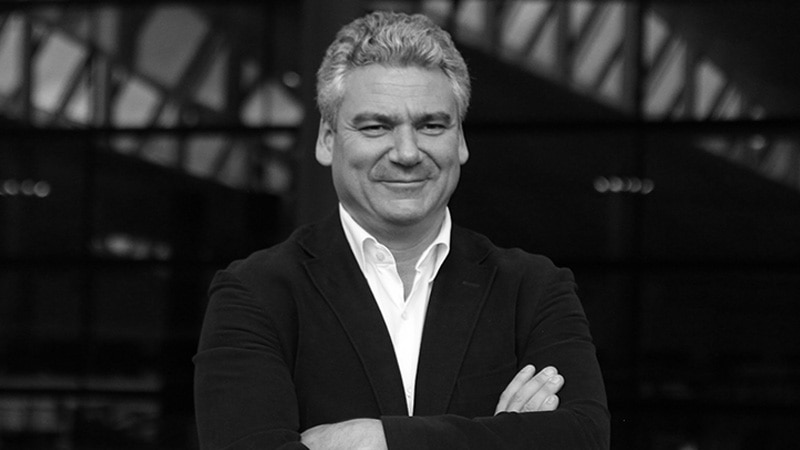
How has lighting design evolved in the last 5 years?
Once considered a mere functionality, illumination now offers countless possibilities of spatial narration and expression and can inject personality, values, and sensations to a building or even an entire city. Lighting generates spatial unity and connectivity, and it is something that we must continue to explore.
From an environmental perspective, we have seen how efficient lighting solutions contribute to significant energy savings. One example is intelligent street lighting that brightens when detecting movement by pedestrians or vehicles and dims while the street is empty. Another example is smart office lighting systems that not only improve energy efficiency but also create comfortable working environments, in which the sensation of natural sunlight is recreated indoors.
Over the past decades, we have witnessed the establishment of a lighting design culture whose impact on people and the environment continuously influences our work as architects.
How do you integrate daylight and illumination into your projects?
The use of daylight is essential and its adequate balancing with artificial lighting has been a part of Luis Vidal + architects DNA for years.
Light is a dynamic element that has the power to transform space and make a positive influence on people’s perception, mood, or performance. For this reason, innovative and high-quality lighting design is the backbone of our airports, hospitals, offices, and university campuses.
Lighting innovation and comfort can reduce travel stress, create a unique sense of place, or positively affect health, socio-emotional activities, and cognitive tasks.
As an architect, how do you feel about smart cities, connected lighting, sustainable energy, etc.?
Interweaving sustainable energy and light solutions into architecture is decisive for our planet's survival.
But what really matters is how they will relate once transformed by the following agents of change, which I call “the 5 great accelerators” of this decade:
The first accelerator is the impact of the COVID-19 pandemic on our society and cities. The second, and maybe the greatest challenge, is climate change, on which our existence and life quality depend. The third is digitization, artificial intelligence, and big data constantly and rapidly transforming our societies. The fourth is financial resources. Never has there been so much money for global investments across all sectors. Fifth, the social revolution, based on collective action, accessibility of resources and greater understanding of human rights.
Now is our opportunity to substantially improve the ways in which our society inhabits and uses the planet. Lighting design can illuminate our path in a unique way.
Which projects would you like to highlight?
At Heathrow T2, our lighting solutions help millions of passengers to transit between the main points of the building smoothly and intuitively, which reduces the stress of airport travel. In terms of natural and artificial lighting it has become a paradigmatic building. The Castellana 77 tower, which has obtained a German Design Award, stands out for the use of lighting to communicate an image.
In Madrid, I would like to highlight the Vallecas Hospital, which was the first hospital we designed in the capital, and now the modernization of the Colón Towers that we are carrying out, where lighting will play an important role.
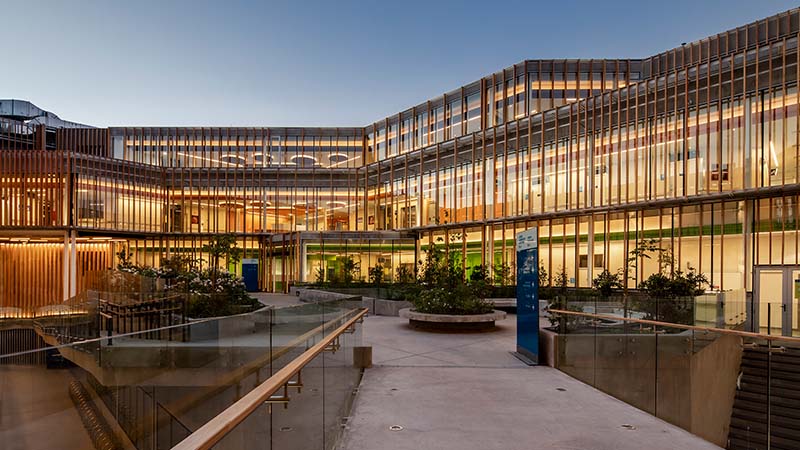
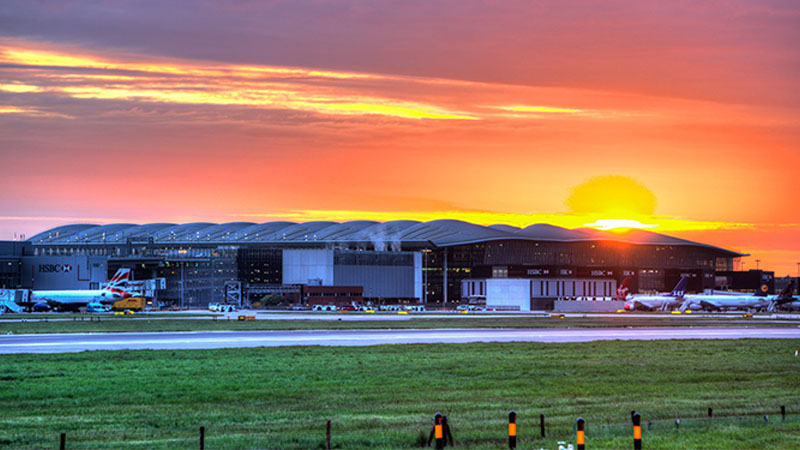
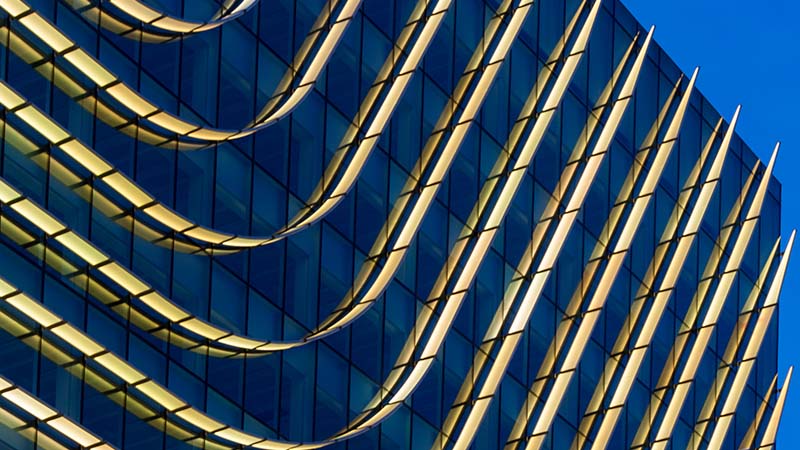
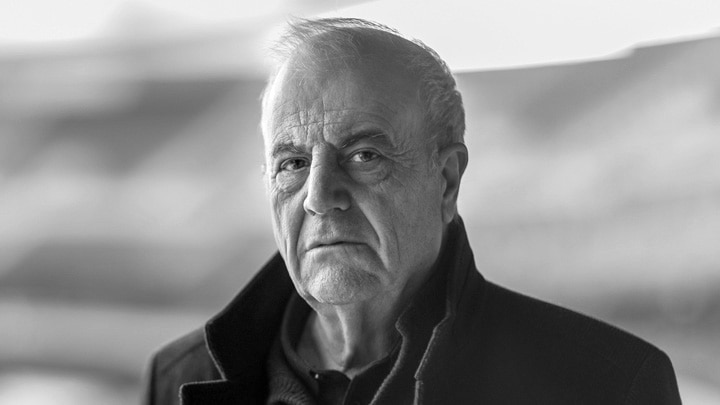
Antonio Cruz
Antonio Cruz has developed various projects in many fields and on different scales with the signature of Cruz and Ortiz Arquitectos.
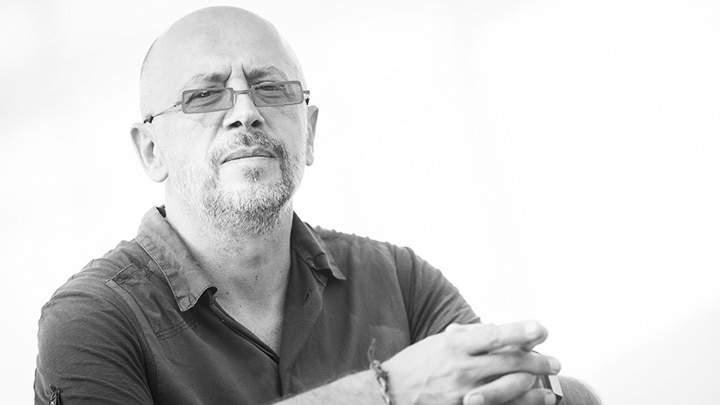
Dejan Todorović
It requires many years of study and work to reach a point where you can imagine that you control the light.
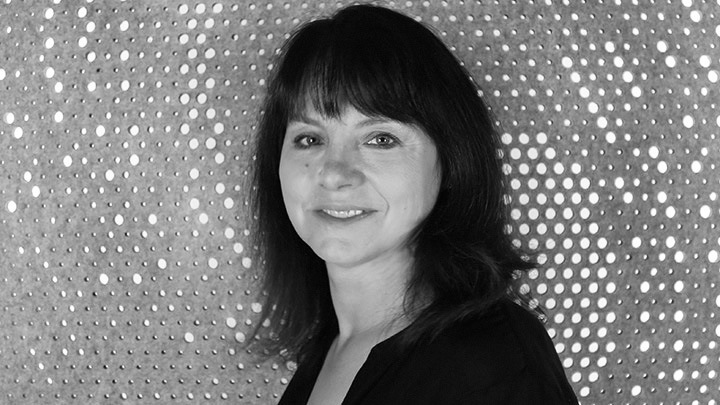
Jill Cody
If we find the right balance between light, surfaces and materials, we can create beauty in any space.